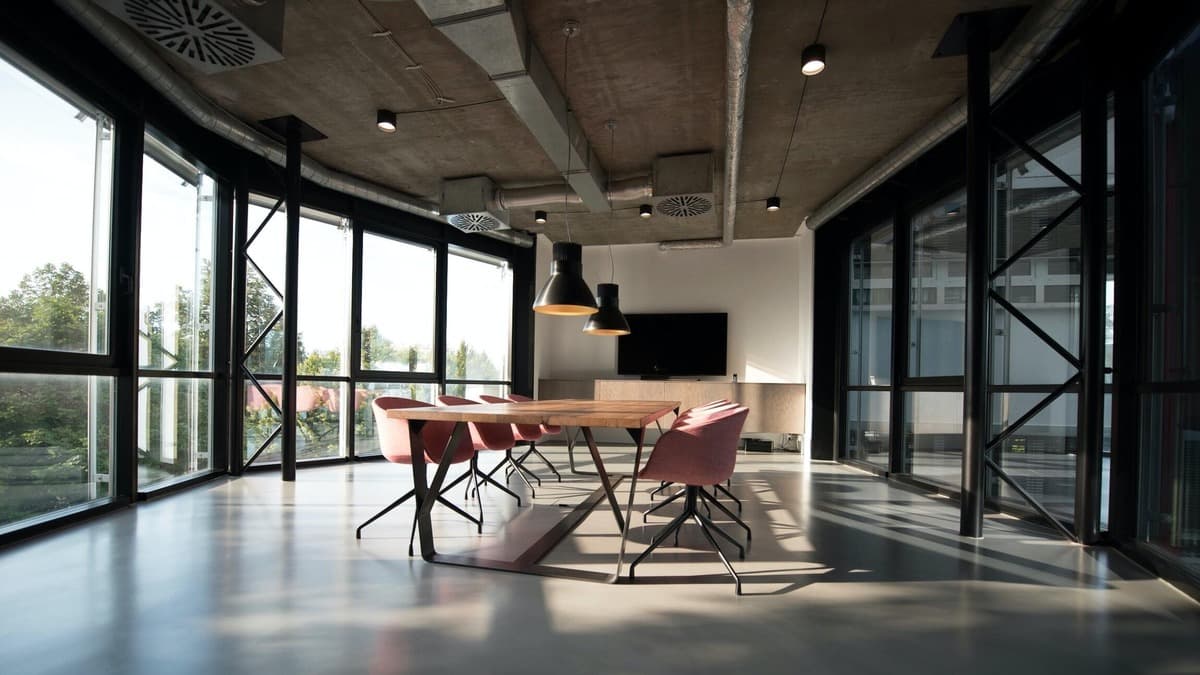The ‘secret sauce’ that brings employees back to the office is the experience, writes Daniel Nesci.
Beneath the return-to-office mandates of 2022 lies an uncomfortable truth: the organisations issuing these missives clearly haven’t found a compelling reason that would see people return of their own volition.
For employees, the office is but an occasional drawcard: a change of scenery, a convenient location to work while running some city-based errands, or – if enough colleagues coordinate their attendance – a chance for a bit of in-person collaboration.
Where mandates exist, it’s often because these offices have become time capsules, unchanged since they were full-time workplace locations.
But to create a demand or desire among employees to return to the office on a more-than-occasional basis, these spaces need to be much more than they were two years ago. They need to be much more inviting and digitally enabled, and they should offer experiences that are flexible, immersive and frictionless. Experience is the operative word here. Workplace designers see a greater emphasis being placed “on the experience of being at work”.
PwC Australia’s research emphasises the experience. Offices, it says, should be redesigned to contain “more collaboration zones, social spaces, team hubs, and technology… to advance the workplace experience and enhance utilisation.”
Another survey suggests that while “the opportunity to meet colleagues, collaborate on projects and socialise are among the key reasons people go into the office”, once there, staff want more. To cater to this, leaders, HR and facilities managers need to reimagine their office spaces through an employee experience-centric lens.
Unchanged office spaces attract under-utilisation, not employees.
It’s time to remake the office into a ‘place to be’: somewhere with the advantages of home and more. It’s time to reimagine offices as highly effective, social, collaborative, productive and – above all – safe spaces that employees want to return to on a regular basis.
What leaders do well
Let’s talk about what leading Australian organisations are doing differently from a strategy and execution perspective. One of the key strategies is digital enablement.
Every home has become an ‘office of one’. Whether it’s a simple laptop setup running cloud-based collaboration software or something a bit more sophisticated, people have grown accustomed to workspaces where everyone and every ‘space’ is collaboration-ready. At a minimum, that also needs to be reflected in office redesigns.
We’re already seeing this play out. Where in the past, the number of videoconferencing-enabled rooms was often in the single digits, leading organisations now want every room or space to be kitted out.
While this is potentially a lot of extra hardware and software to manage, organisations are availing themselves of new managed services models that abstract the complexity away and leave them with the benefits of every space being videoconferencing-ready.
Organisations are also looking for the same one-touch simplicity that employees have become accustomed to at home when they need to collaborate.
The old experience of meetings starting late while people wrestled with the in-room AV system isn’t acceptable. Home or office; in-person, digital or a hybrid of the two; connecting with others needs to be easy and on-demand. The emphasis is on simple solutions for complex collaboration issues.
The future is digitally-enabled, and data-driven
Future-ready spaces offer more than this. They are much more digitally enabled, and that ongoing enablement and continuous improvement is increasingly data-driven.
As workplaces become permanently hybrid – a mix of people working in the office and remotely on any given day – it’s natural that the footprint of offices will shrink and that the remaining floorspace will be configured differently: fewer desks and more social spaces. After all, if people are going to be deskbound all day, they may as well stay home.
Against this backdrop, capacity planning and management is critical. Technology that allows organisations to make do with reduced floor space is now really important. How do you make sure your 200 workforces all don’t turn up at once and try to book all available 50 seats at once?
For staff that do come in, the digitally-enabled workplace experience should continue as soon as they enter. That could include digital signage to highlight available services and internal messaging; digital wayfinding to navigate between newly-designed spaces; and digital booking apps that help staff find a desk, meeting room or free space where the technology in that space is ready-to-use.
All of this is underpinned by data and analytics. When spaces are digitally-enabled, analytics about how spaces are being used, who is using them and potentially the reasons for use, all become accessible. That understanding can then be used to remain nimble, and frame office redesigns: to upgrade, downscale, refresh or repurpose spaces at any given time, based on evolving needs. As an existing space becomes tired or under-utilised, it can be repurposed.
For offices to remain relevant, there needs to be a new vision set out for these spaces that emphasises employee experiences, coupled with new solutions and models that can enable a true hybrid workplace.
Keep up to date with our stories on LinkedIn, Twitter, Facebook and Instagram.

